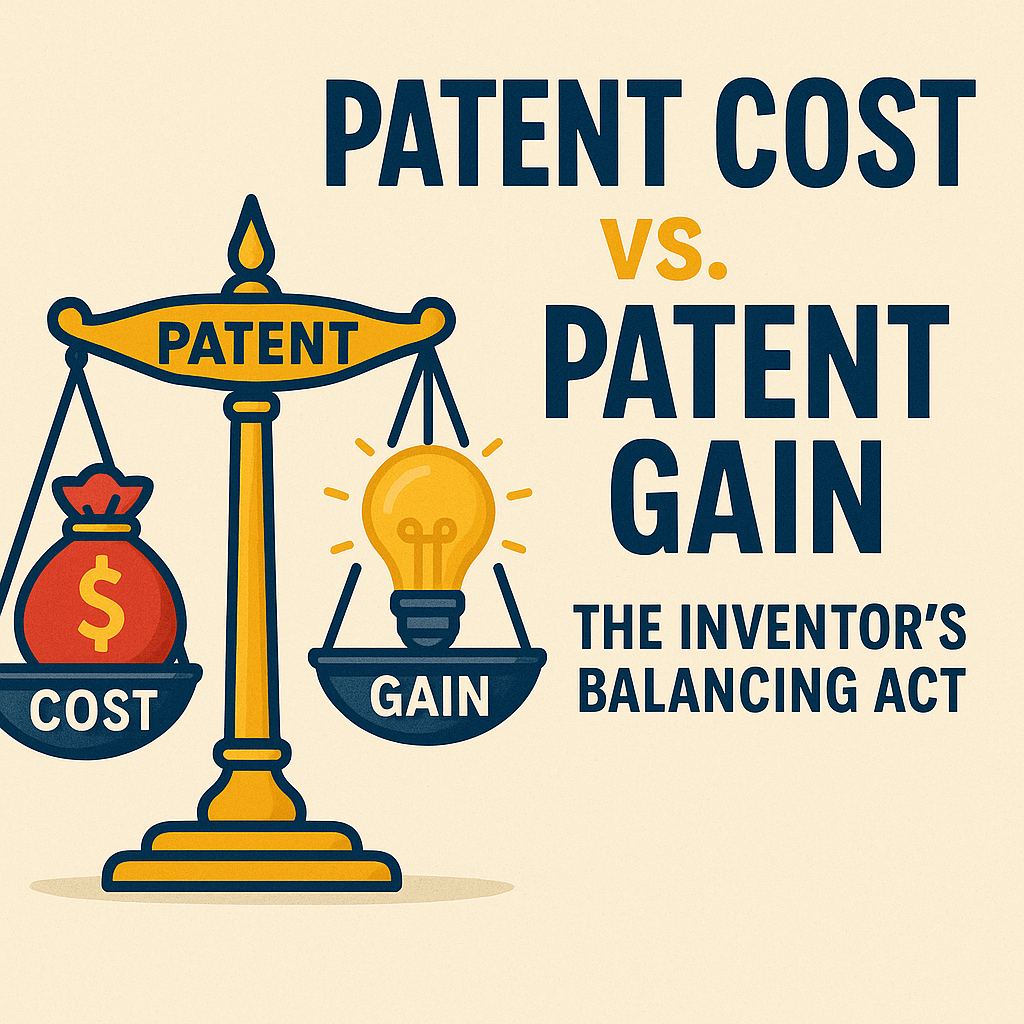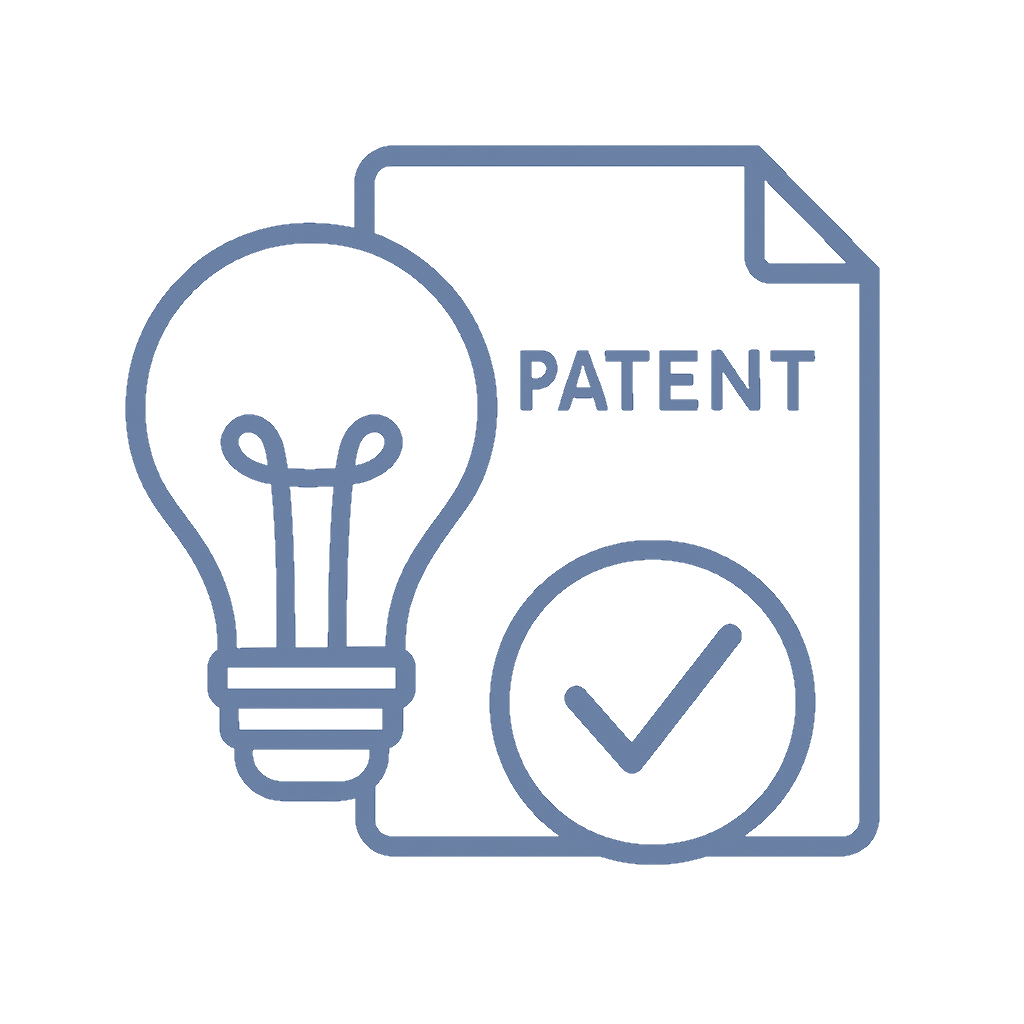📌 Quick Summary
1-Sentence Answer
Patents can be either a golden ticket or a costly trap—success depends on timing, strategy, and realistic expectations.
The Article Overview
This article explores whether a patent is a savvy investment or a financial pitfall. It walks through how to evaluate your invention, the true costs of patents, timelines, and return on investment. You’ll get a strategic roadmap to help you decide if the patent game is worth playing.
❓ Common Questions & Answers
Q1: Is getting a patent always worth it?
Not necessarily. If your invention lacks market potential or isn’t easily copied, the ROI might not justify the expense.
Q2: How much does it typically cost to get a patent?
Expect to spend $15,000 to $20,000 over several years, especially if complications arise during the process.
Q3: What is a provisional patent application?
It’s a lower-cost, one-year placeholder giving you time to test, pitch, or develop your invention before committing to a full patent.
Q4: Can a patent really increase my company’s value?
Yes—if the invention is viable and has market traction, patents can boost valuation and investor interest.
Q5: How do I know if someone might steal my idea?
You can’t predict theft, but if your product is valuable, easy to replicate, and you plan to publicize it, protection is wise.
📜 Step-by-Step Guide
1. Evaluate Your Invention’s Uniqueness
Assess whether your idea is truly new, not obvious, and capable of being patented.
2. Consider Market Demand
Estimate the size of your potential market and whether people will actually pay for your product.
3. Consult a Patent Attorney
Skip the DIY route—an experienced patent lawyer helps you avoid costly mistakes and unnecessary filings.
4. Start with a Provisional Application
This buys you 12 months to validate your invention before filing a full utility patent.
5. Weigh the ROI
Ask: Will this invention bring in more money than I’ll spend protecting it?
📖 Historical Context
The modern patent system traces its roots to Renaissance Venice, which granted the first patent law in 1474. Its purpose? Encourage innovation by protecting inventors from copycats. Over centuries, nations adopted similar principles, creating formal systems that reward inventors with exclusive rights—often for 20 years.
In the U.S., the Patent Act of 1790 laid the groundwork for our current system. Thomas Jefferson, a noted inventor himself, helped craft the law. It evolved to support the industrial revolution, fueling inventions in everything from textiles to telecommunications.
In today's digital economy, patents are both shields and swords. Tech giants accumulate them like currency, startups use them to attract investors, and trolls weaponize them. The rules remain largely the same, but the stakes—and costs—have never been higher.
🏢 Business Competition Examples
1. Dyson’s Vacuum Vortex
Dyson patented over 5,000 iterations of its vacuum technology. The company’s patent portfolio protected it from cheaper knock-offs and became a key selling point.
2. Tesla’s Open Patent Move
In a bold twist, Tesla made its patents freely available to encourage EV development. The goodwill and market expansion arguably outweighed the lost exclusivity.
3. Blackberry vs. Typo
Blackberry successfully sued Typo for copying its keyboard design. The lawsuit was only possible due to strong design patents—though it came at a steep legal cost.
4. Ring’s Patent-Backed Acquisition
Ring had several patents on its video doorbell tech, which helped justify its $1B acquisition by Amazon.
💬 Discussion Section
For inventors and entrepreneurs, patents offer a seductive promise: exclusivity, legitimacy, and the potential for big profits. But the reality is often murkier.
The average U.S. patent takes two to three years and tens of thousands of dollars. During that time, your product might flop, competitors may innovate past you, or market demand might vanish entirely. Many inventors never recoup the cost.
Still, patents can be game-changers. They’re essential in fields like biotech, where replication is easy and R&D is expensive. Investors love them because they reduce risk and increase exit value. Patents can also deter lawsuits, create licensing opportunities, and even be sold or used as collateral.
The key is strategy. Filing a patent should follow rigorous evaluation—market research, development status, competitive analysis—not gut instinct or fear. It’s not about whether someone might steal your idea, but whether your idea is good enough to be stolen in the first place.
⚖️ The Debate
👍 Pro-Patent View
Patents are vital assets that protect innovation, attract investment, and can lead to lucrative licensing deals or business acquisitions.
👎 Anti-Patent View
Patents are expensive, slow, and offer limited real-world protection—especially for startups without resources to enforce them.
✅ Key Takeaways
-
Patents are powerful but pricey—budget accordingly.
-
Start with a provisional patent to test the waters.
-
Consult a patent attorney, not a generalist.
-
Only patent if your idea is marketable and defensible.
-
Strategy and timing matter more than paranoia.
⚠️ Potential Business Hazards
-
Overspending on patents with no ROI
-
Assuming a patent guarantees success or revenue
-
Filing without verifying patentability
-
Ignoring market demand or competitive timing
❌ Myths & Misconceptions
-
“If I have a patent, I’m safe from copycats.” (Not unless you enforce it.)
-
“Every invention needs a patent.” (Only if it’s worth protecting.)
-
“I can just mail myself proof of the idea.” (That won’t protect you legally.)
-
“All patents are valuable.” (Many are worthless.)
-
“I don’t need a lawyer—I’ll file myself.” (Cue the costly rejection.)
📚 Book & Podcast Recommendations
-
“Patent It Yourself” by David Pressman – https://amzn.to/3RYpmRa
-
“The Inventor’s Bible” by Ronald Louis Docie Sr. – https://amzn.to/3ROyQZC
-
Patent Pending in 24 Hours (Book) – https://amzn.to/3wCjJ7Y
-
“IP Fridays” Podcast – Intellectual Property Tips – https://www.ipfridays.com/
⚖️ Legal Cases
-
eBay Inc. v. MercExchange
https://supreme.justia.com/cases/federal/us/547/388/
Narrowed the automatic right to injunction for patent holders. -
Apple Inc. v. Samsung Electronics Co.
https://www.cafc.uscourts.gov/opinions-orders/14-1335.Opinion.5-18-2015.1.PDF
Famous design patent dispute over smartphone features. -
Alice Corp. v. CLS Bank
https://www.law.cornell.edu/supremecourt/text/13-298
Reined in abstract patents, especially for software. -
Markman v. Westview Instruments, Inc.
https://supreme.justia.com/cases/federal/us/517/370/
Clarified how patent terms are interpreted in court.
📣 Expert Invitation
If you’re still unsure whether a patent is the right move, don’t guess—chat with an expert. Visit http://inventiveunicorn.com and schedule a strategy call today. Your wallet and your future business self will thank you.
🔚 Wrap-Up Conclusion
Getting a patent is like getting a tattoo: expensive, permanent, and only worth it if you’re really sure. Think smart, plan well, and remember—the goal isn’t just to protect your idea, but to profit from it.











